15 Hierbas Rituales Antiguas Usadas en Santería y Religiones Yoruba
En los reinos místicos de la Santería y las religiones Yoruba, las hierbas juegan un papel fundamental en rituales y ceremonias. Son veneradas no solo por sus propiedades curativas sino también por su significado espiritual. Únete a nosotros mientras nos adentramos en el fascinante mundo de estas antiguas hierbas rituales.
1. Introducción a las Hierbas Rituales en Santería y Yoruba
Las religiones de Santería y Yoruba están profundamente entrelazadas con la naturaleza, y las hierbas son una piedra angular de sus prácticas. Estas hierbas se utilizan en una variedad de ritos, desde la curación hasta la purificación espiritual. La reverencia por la naturaleza en estas prácticas religiosas es evidente en la cuidadosa selección y uso de hierbas. Cada hierba se elige por sus propiedades únicas y las energías que aporta a un ritual. El uso de hierbas no es solo una práctica sino una conexión profunda con la tierra y sus bondades.
Comprender el papel de estas hierbas en los rituales significa adentrarse en una rica tradición de conocimiento botánico. En las ceremonias de Santería y Yoruba, las hierbas se utilizan a menudo en baños sagrados, tés e inciensos para invocar energías específicas y protecciones espirituales. Esta relación íntima con la naturaleza se extiende a la comprensión de que cada planta y hierba es hogar de un espíritu, reflejando la creencia de que todo en la naturaleza está vivo e imbuido con una esencia particular.
2. El Papel Sagrado de las Hierbas en los Rituales
Las hierbas en estas religiones no son solo plantas; se consideran entidades sagradas que se comunican con lo divino. Se seleccionan y utilizan cuidadosamente en rituales para invocar protección, curación y bendiciones. En muchas prácticas, la preparación y el uso de estas hierbas son guiados por sacerdotes y sacerdotisas que han sido entrenados en sus propiedades místicas. Por ejemplo, rituales específicos pueden requerir que una hierba se seque, se muela en polvo o se use fresca, dependiendo de su impacto espiritual previsto.
La participación de las hierbas en los rituales está profundamente arraigada en la creencia de que conectan los reinos físico y espiritual. Por ejemplo, se cree que quemar ciertas hierbas como incienso lleva oraciones e intenciones a los cielos, actuando como un conducto entre el devoto y sus deidades. Esta práctica refleja una comprensión intrincada de la simbología y el poder del mundo natural para influir en los estados espirituales.
Además, las hierbas no solo se utilizan por sus propiedades espirituales sino también por sus beneficios medicinales. Este doble propósito realza su sacralidad en las religiones de Santería y Yoruba. Al combinar la curación física con la limpieza espiritual, estas prácticas demuestran un enfoque holístico del bienestar, enfatizando la inseparabilidad del cuerpo, la mente y el espíritu.
3. Orégano: El Protector
El orégano se usa ampliamente por sus cualidades protectoras. En los rituales, a menudo se utiliza para alejar energías negativas y purificar espacios. Se cree que esta hierba resistente ofrece un escudo contra espíritus malevolentes e intenciones malignas, convirtiéndola en una parte esencial de muchos hechizos protectores. Las hojas de orégano se pueden secar y quemar, con el humo actuando como un agente purificador que limpia tanto el hogar como las personas dentro de él.
4. Albahaca: El Armonizador Sagrado
La albahaca es apreciada por traer armonía y equilibrio. Se incluye frecuentemente en baños espirituales y rituales de limpieza para atraer energía positiva. En el contexto de las prácticas religiosas Yoruba, la albahaca se asocia con el amor y la protección, a menudo utilizada en ofrendas a deidades que supervisan la armonía en las relaciones. Sus hojas aromáticas no solo son un deleite para los sentidos, sino que también se cree que alejan el mal y atraen la buena fortuna.
5. Ruda: La Desterradora del Mal
La ruda es conocida por su potente capacidad para repeler fuerzas malévolas. Es integral en muchas prácticas dirigidas a la protección y eliminación de maldiciones. A menudo referida como "hierba de gracia", la ruda se emplea tanto en formas frescas como secas para crear amuletos o hervida en tés para baños espirituales. Se cree que estas preparaciones limpian el aura de cualquier influencia maligna, asegurando que el individuo permanezca a salvo del daño.
6. Romero: El Purificador
El romero se destaca por sus propiedades purificadoras. A menudo se quema o se usa en baños para limpiar tanto espacios como individuos. Se cree que el aroma fuerte y vigorizante de la hierba disipa las energías negativas y aporta claridad a la mente. En las prácticas de Santería y Yoruba, el romero se usa para ungir objetos sagrados, mejorando su conexión divina y eficacia. También es común encontrar romero en paquetes rituales, colgando alrededor de los hogares para mantener un ambiente purificado.
7. Lavanda: La Portadora de Paz
La lavanda es amada por su efecto calmante. Se utiliza comúnmente en rituales para la paz, la tranquilidad y el sueño reparador. Las delicadas flores de lavanda se usan en saquitos colocados bajo las almohadas o agregadas al agua del baño para promover la serenidad y la relajación. En las prácticas espirituales, se cree que la lavanda mejora las habilidades intuitivas y conecta a las personas con reinos superiores de conciencia, facilitando un estado más profundo de meditación y reflexión espiritual.
8. Hisopo: El Limpiador Sagrado
El hisopo es profundamente valorado por sus atributos de limpieza. Juega un papel significativo en los ritos de purificación y se menciona en muchos textos sagrados. La asociación de la hierba con la limpieza espiritual la convierte en un elemento básico en rituales destinados a expulsar la negatividad y consagrar espacios sagrados. A menudo, el hisopo se usa en conjunto con otras hierbas purificadoras en baños y lavados, creando remedios poderosos que se cree restauran el equilibrio y la pureza espiritual.
9. Salvia: La Gran Purificadora
La salvia es quizás una de las hierbas más conocidas para la limpieza. Su humo se usa para llevar oraciones a los cielos y para despejar energías estancadas. En la Santería, la sahumerio de salvia es una práctica fundamental para preparar tanto el espacio ritual como los participantes, asegurando que todos los residuos espirituales no deseados sean eliminados. Se cree que las fragantes columnas de humo envuelven al practicante, proporcionando una barrera protectora contra cualquier fuerza negativa próxima.
10. Menta: La Vigorizante
La menta es apreciada por sus propiedades vigorizantes. Se usa en rituales para refrescar la mente y el espíritu, proporcionando claridad y vitalidad. Se considera que el aroma fresco y refrescante de la menta estimula las funciones cognitivas, convirtiéndola en una hierba preferida para hechizos y amuletos orientados a mejorar la claridad mental y el enfoque. Además, la esencia rejuvenecedora de la menta a menudo se aprovecha en baños y tés diseñados para re-energizar y elevar el bienestar espiritual y físico del practicante.





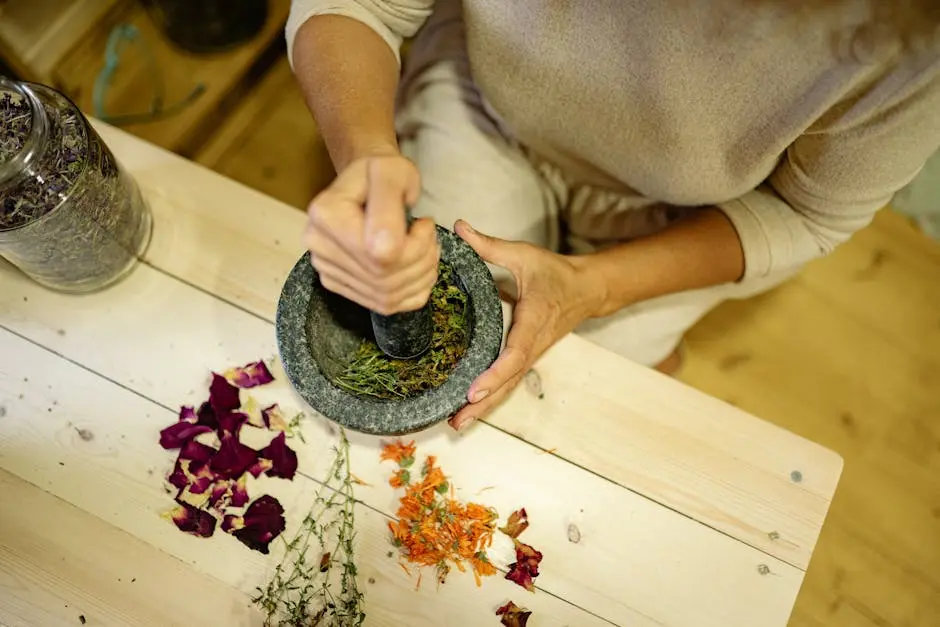



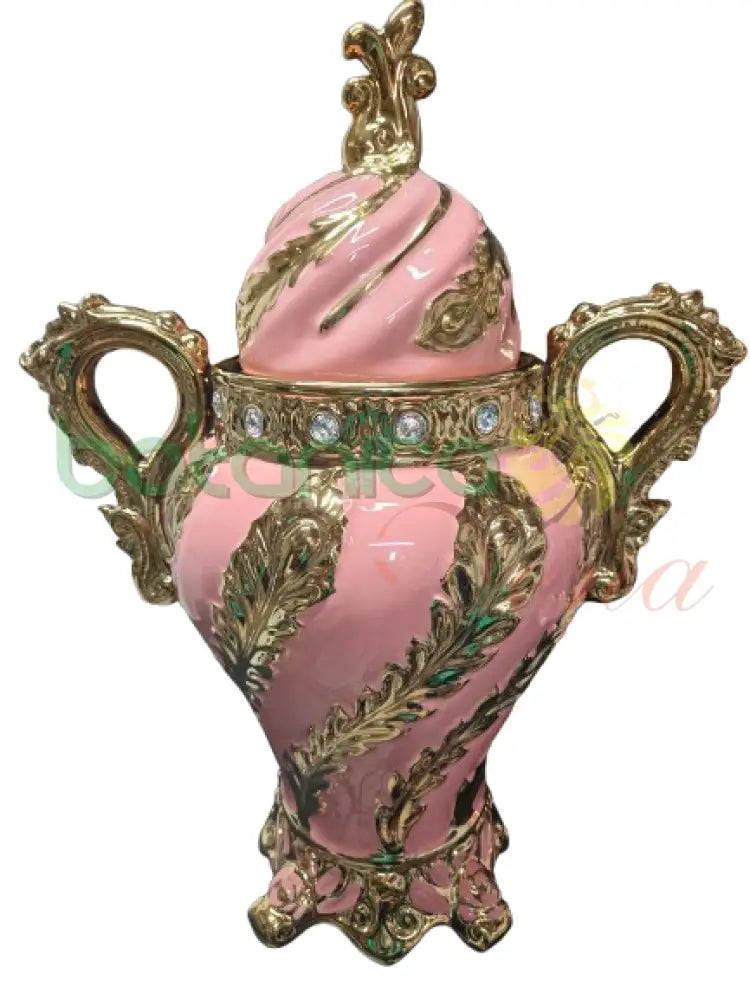

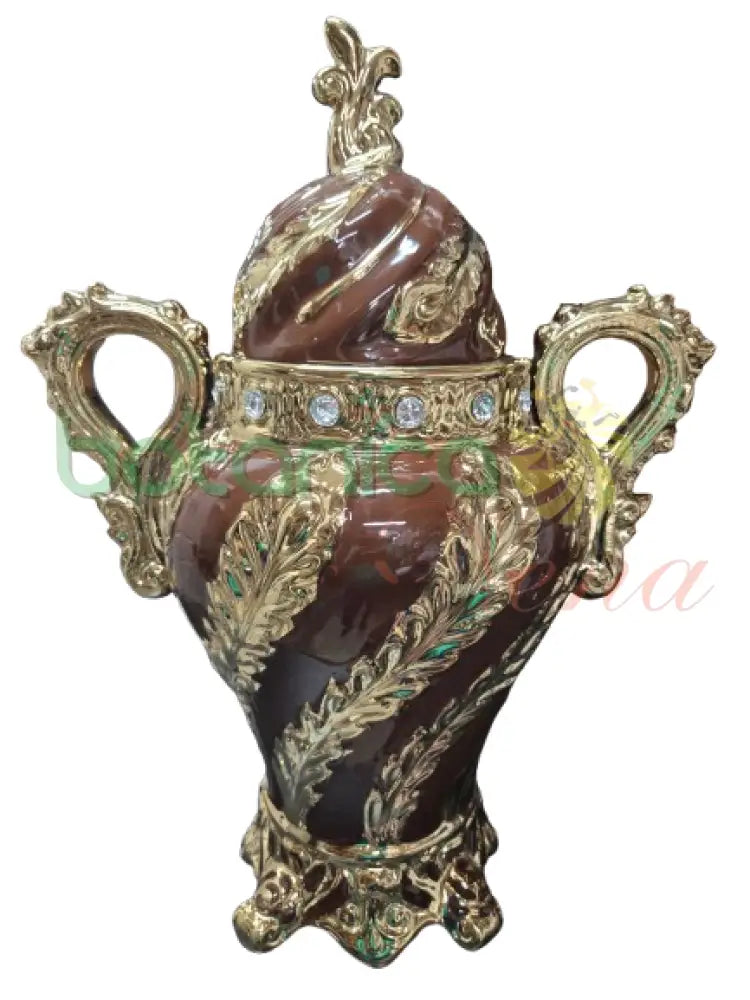
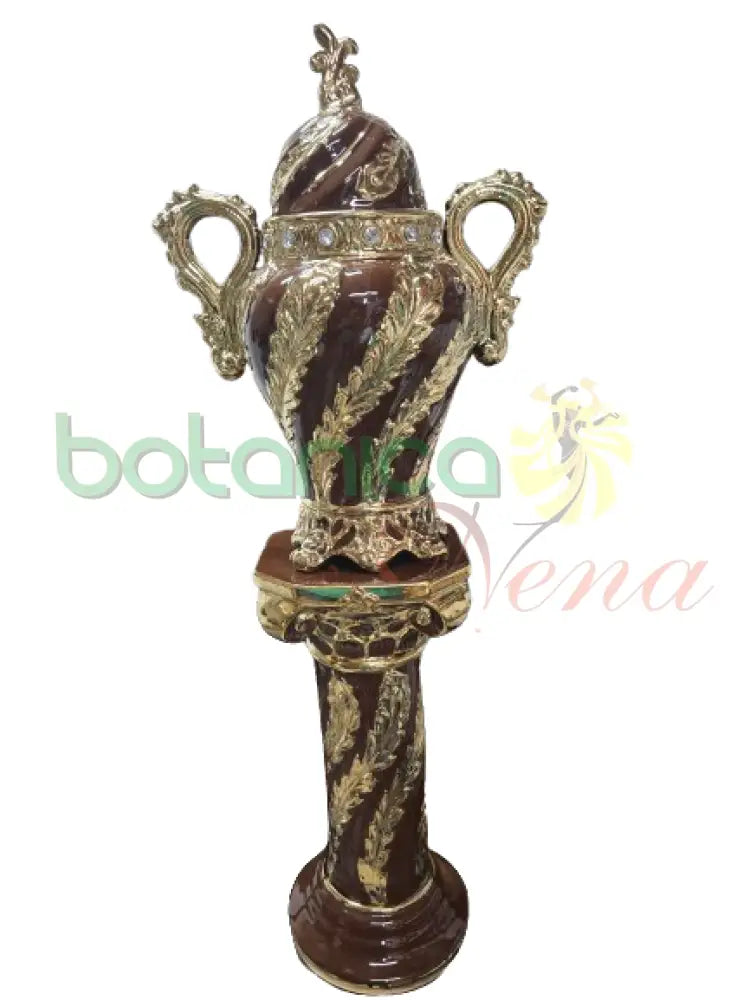







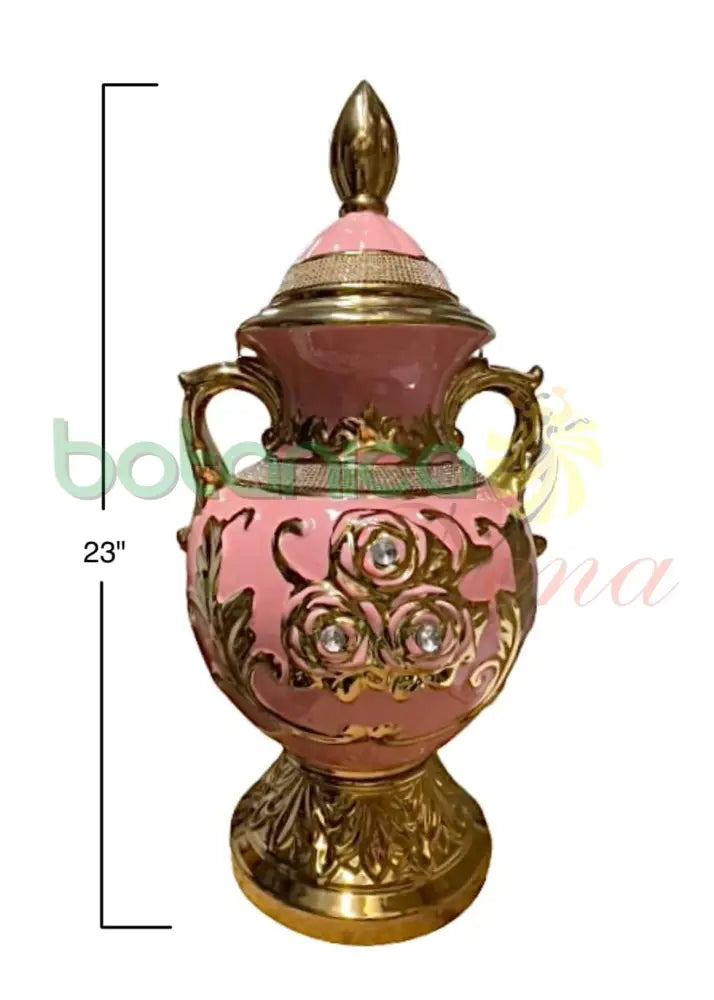









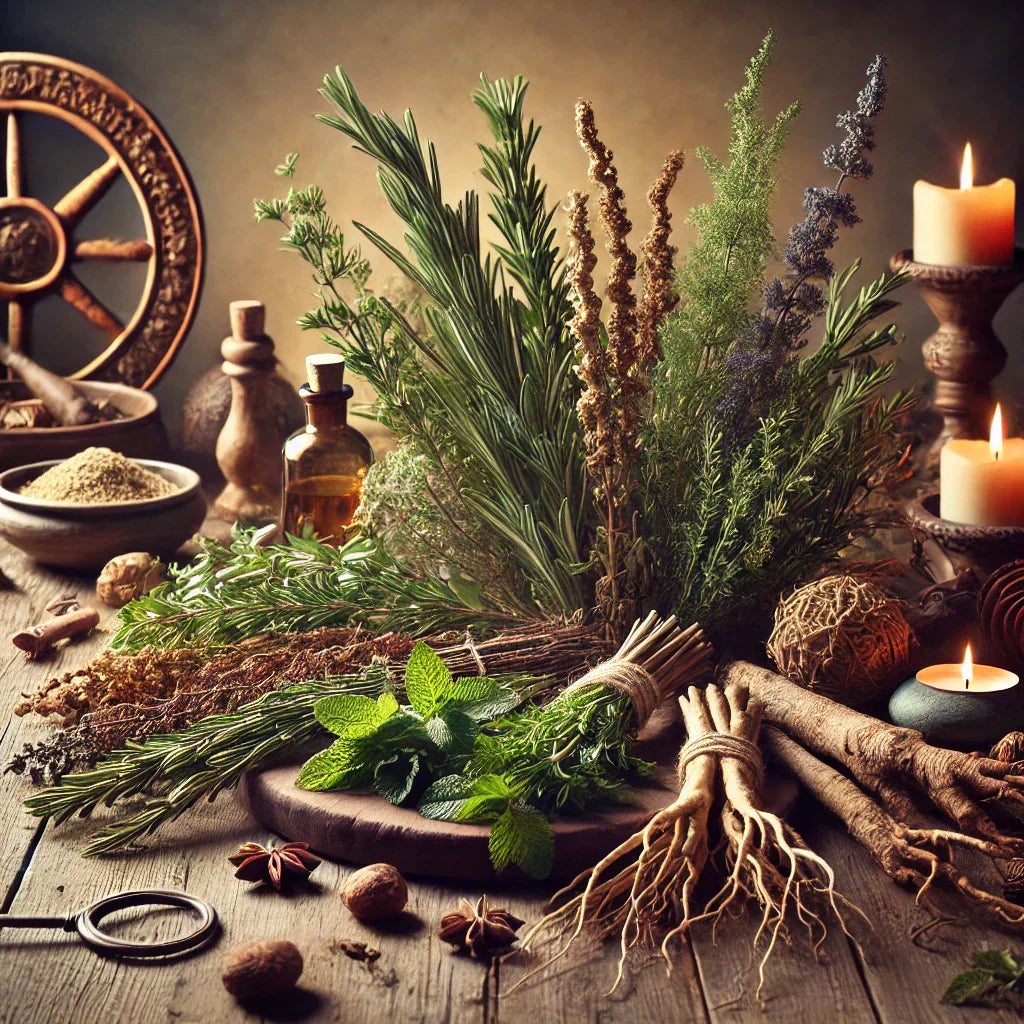








Dejar un comentario